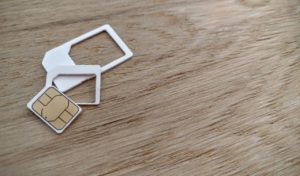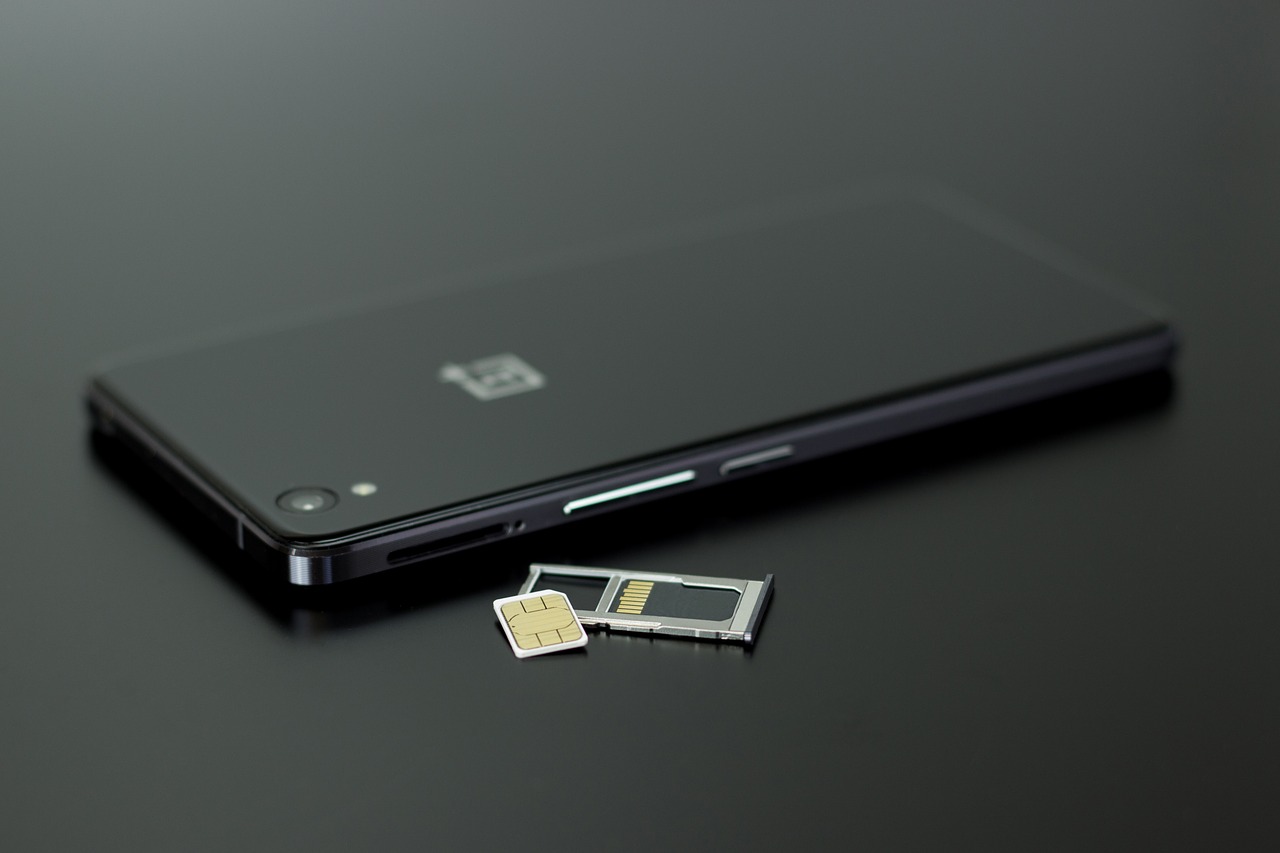Chances are that the most important part of your smartphone is something you might not know very much about (and possibly something that you’ve never even seen or handled yourself). It’s your SIM card: the small circuit board that modern mobile phones use to communicate with a telecommunications carrier. It might just look like a piece of plastic, but this little card packs a powerful punch. Read on to learn more about what a SIM card is, what it does, and other useful facts.
What is a SIM card and why do I need one?
 Short for Subscriber Identity Module, a SIM card is a small plastic card containing a chip or circuit board that is inserted into the back or the side of a mobile phone. This chip is what allows your phone to connect to a wireless network; in other words, you can think of the SIM card as the middleman between your phone and your carrier’s cellular towers. Without the SIM card to serve as a go-between, these two pieces of hardware can’t communicate, and you can’t use your phone to make calls or use cellular data.
Short for Subscriber Identity Module, a SIM card is a small plastic card containing a chip or circuit board that is inserted into the back or the side of a mobile phone. This chip is what allows your phone to connect to a wireless network; in other words, you can think of the SIM card as the middleman between your phone and your carrier’s cellular towers. Without the SIM card to serve as a go-between, these two pieces of hardware can’t communicate, and you can’t use your phone to make calls or use cellular data.
Each individual SIM card is identified by two different numbers: an Integrated Circuit Card Identifier (ICC-ID) which is engraved on the card itself, and an International Mobile Subscriber Identity (IMSI), which helps the carrier identify which subscribers are accessing their network. Using these two numbers, a telecommunications provider can know whether your phone is allowed to access its network, and can keep track of what services you should be billed for.
You can also think of the SIM card as the brain of your phone, as it stores vital information about your phone number and your contacts, as well as other important data.
Why do SIM cards come in different sizes?
Like many other technological developments and devices, SIM cards have become smaller over the years as the technology used in their making and use has grown more sophisticated. At present, SIM cards come in three main sizes depending on their age: standard, micro, and nano. The largest of the three, standard SIM cards are mostly used in older devices, including iPhones up to the 3G series, which was introduced in 2008; as these devices become increasingly obsolete, so too does this size of SIM card. As the mid-size model, micro SIM cards are still in fairly widespread use, mainly in the iPhone 4s and older iPads. Increasingly, however, it’s the smallest iteration of the SIM card, the nano SIM, which is becoming the standard for new and recent phones.
Even though SIM cards perform essentially the same function, regardless of their size, not all devices are compatible with all card sizes.
Can I switch a SIM card between phones?
One of the biggest advantages of SIM cards is that they can be easily switched between different phones—simply eject the card from one phone and insert it into any other device it is compatible with. Because all your subscriber data and information is on the SIM card, rather than on the phone itself, you can make and receive calls to all your contacts from your own phone number, regardless of what device you are actually using. This is especially useful when you want to upgrade to a new phone, but don’t want to give up your current number or lose any contact data.
What is a locked SIM card?
Although most SIM cards can be easily used in any device, you may encounter the situation of what is known as a “locked” phone. This is the term for phones containing software that prevents them from accepting any SIM card other than a designated one from a specific network. If you try to use a different SIM card in a locked phone, the device simply will not operate. Note that although SIM cards are involved in this situation, it is actually the phone or device that is locked, and not the SIM card itself.
Can I use a SIM card in a different country?
Depending on the kind of roaming plan you have or the particular carrier you are with, you may or may not be able to use your existing SIM card to access a provider network in another country. However, because SIM cards are easily swapped in and out of most devices, you can purchase a local SIM card from a telecommunications provider in the country you are visiting, insert that card into your phone, and access the domestic network with your new local number. An especially popular option for international travelers is a pre-paid SIM card, which operates on a pay-as-you-go basis and does not require you to have a subscription or a contract with a local provider.
How can I keep my SIM card secure?
In order to prevent its unauthorized use in another device, your SIM card comes with its own separate security code. While the default code is very basic, you can upgrade to a more secure PIN through the settings menu on your device.

